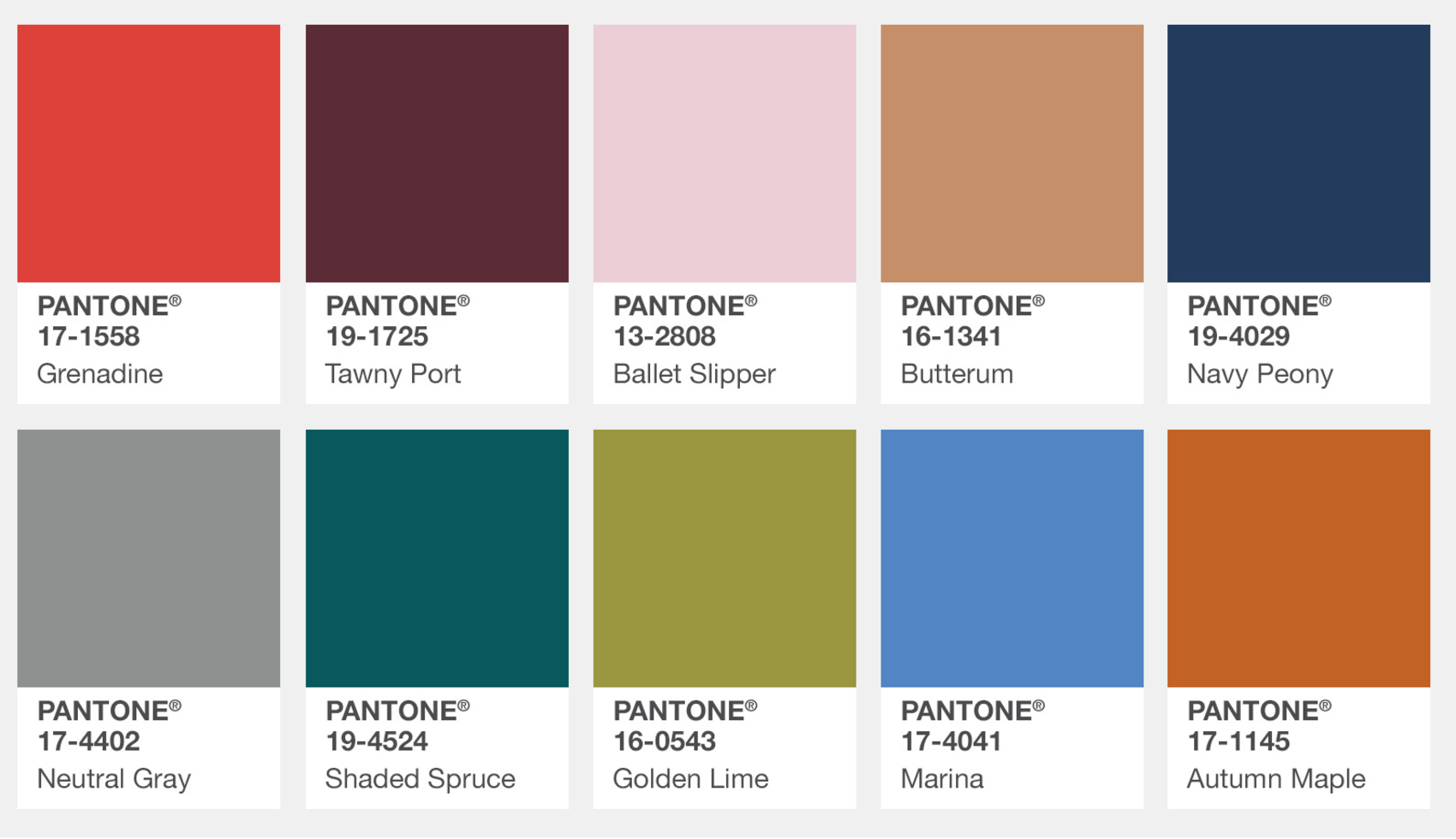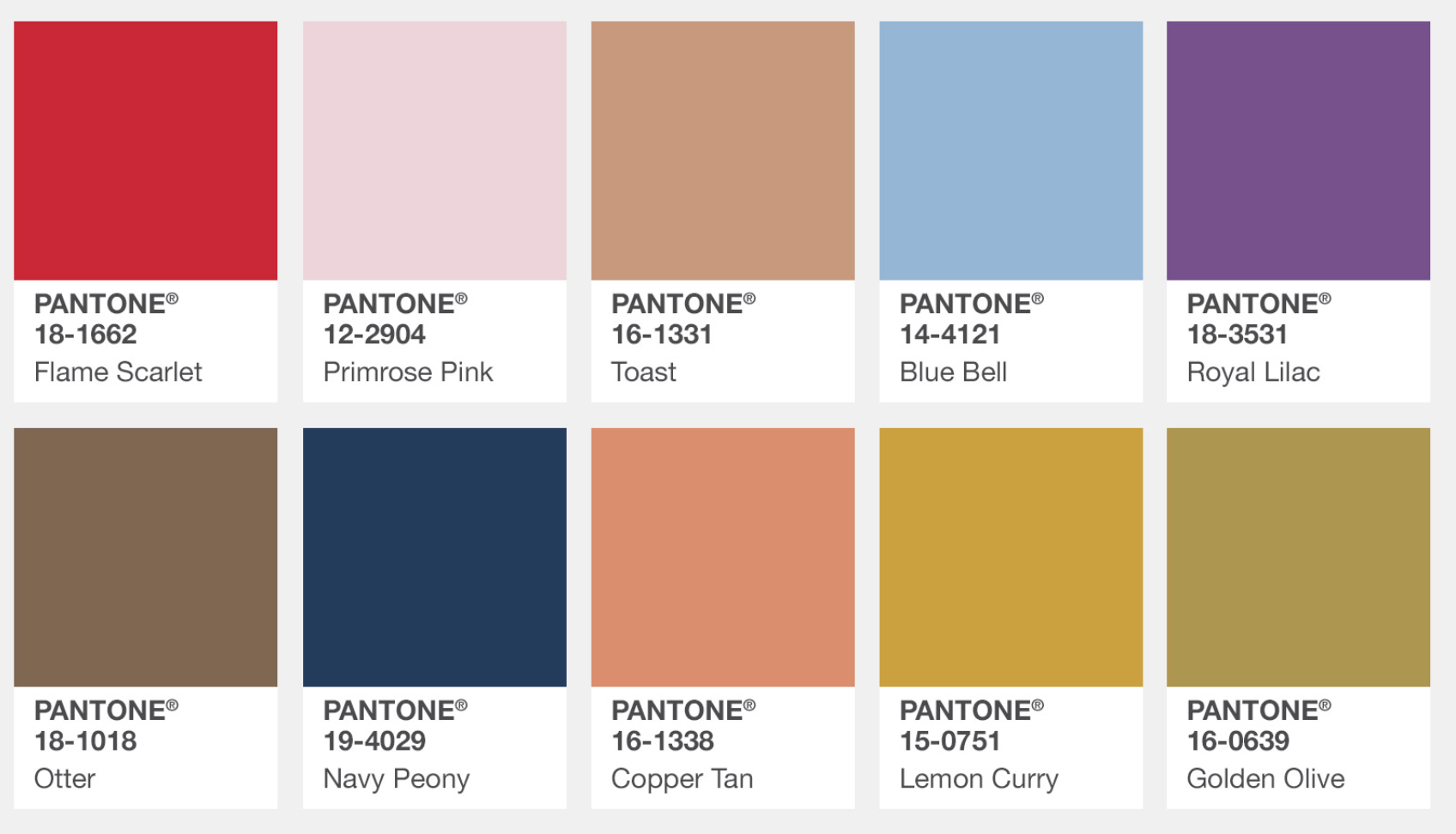The fashion industry is driven by expert judgement. Top seasonal colors are decided upon by either color forecasting associations or companies like Pantone Color Institute. The latter review world fashion weeks on a regular basis: e.g., the key color trends for Fall 2017 were determined based on the colors shown at the latest fashion weeks held in New York and London. The color report was then distributed among mass media and opinion leaders.
Première Vision, Who's next, Heim Textile, and other trade shows serve as a backbone for the expert community of color forecasters. Experts base their projections on an enormous array of visual data on design, arts, and media - upcoming movies and big names in graffiti art also have their say. Color forecasters also review fashion shows even though they are usually scheduled after the forecasts are issued. Intuition, an eye for color and a healthy curiosity eventually melt into a well-honed skill, while the truth is born of peer discussions.
A group of 50 to 100 experts make their living by discussing the future of fashion design, including making group decisions on color palettes: they literally negotiate what colors are to be deemed relevant for today. In fact, they have a vested interest in making their predictions match the reality because during the next season they will have to prove that the prediction is true. To this end, all 'big bang' products to be released on the market have to come in colors that match the top seasonal color palette. This has been the time-honored way to forecast colors.

Color palette for New York Fashion Week according to Pantone Fashion Color Report, Fall 2017
Nowadays, the situation is changing: forecasting is no longer confined to developing a certain hypothesis but also involves the study of the consumer response to the product based on the big data analysis of online consumer behavior patterns. The research of this kind produces a trend ranking: some trends are well-perceived by the consumer and have chances to develop further, while others are less favored. At this stage one can already settle on colors but still not on specific Pantone shades.
In the case of clothing, colors remain relevant for several seasons: less fashion-conscious audience embraces the trend later by the time the more advanced consumer already switched to the more up-to-date edition of the top seasonal colors. In Europe and America, the life cycle of a color trend is shorter: even kitchen towels routinely available at convenience stores come in trendy colorways, while in less economically developed countries it is common to stick to colors that cost less to produce, that are personal favorites of senior management, or that are just all-time best-selling colors. This is a question of the degree of maturity of the industry, and much less so of the consumer. On the one hand, it would be very convenient for the industry to settle on one color and claim that, say, "peach puff is trendy, shop for all things peach", but on the other hand, things don't really work this top-down way due to the ongoing global trend towards target customization, which leads to market diversity.
The colors that mass media are advertising today as the top seasonal colors were actually decided upon by the expert community as long as several years ago, just as it was for the Fall 2016 forecast. So those grenadine red, tawny port, and tawny scarlet that are much talked about this season come as a revelation only to the end consumer whose exposure to the inner workings of the industry boils down to swiping through the images of the latest campaigns and fashion shoots without actually knowing that she is lagging behind the Zeitgeist by a year or two.

Color palette for London Fashion Week according to Pantone Fashion Color Report, Fall 2017
Here's our edit of 100 pieces that come in the top seasonal colors as defined in the Fashion Color Report, Fall 2017 issued by Pantone Color Institute: from affordable mass market brands and local labels to signature lines by luxury fashion houses. Pick the ones to your liking.
Comments
